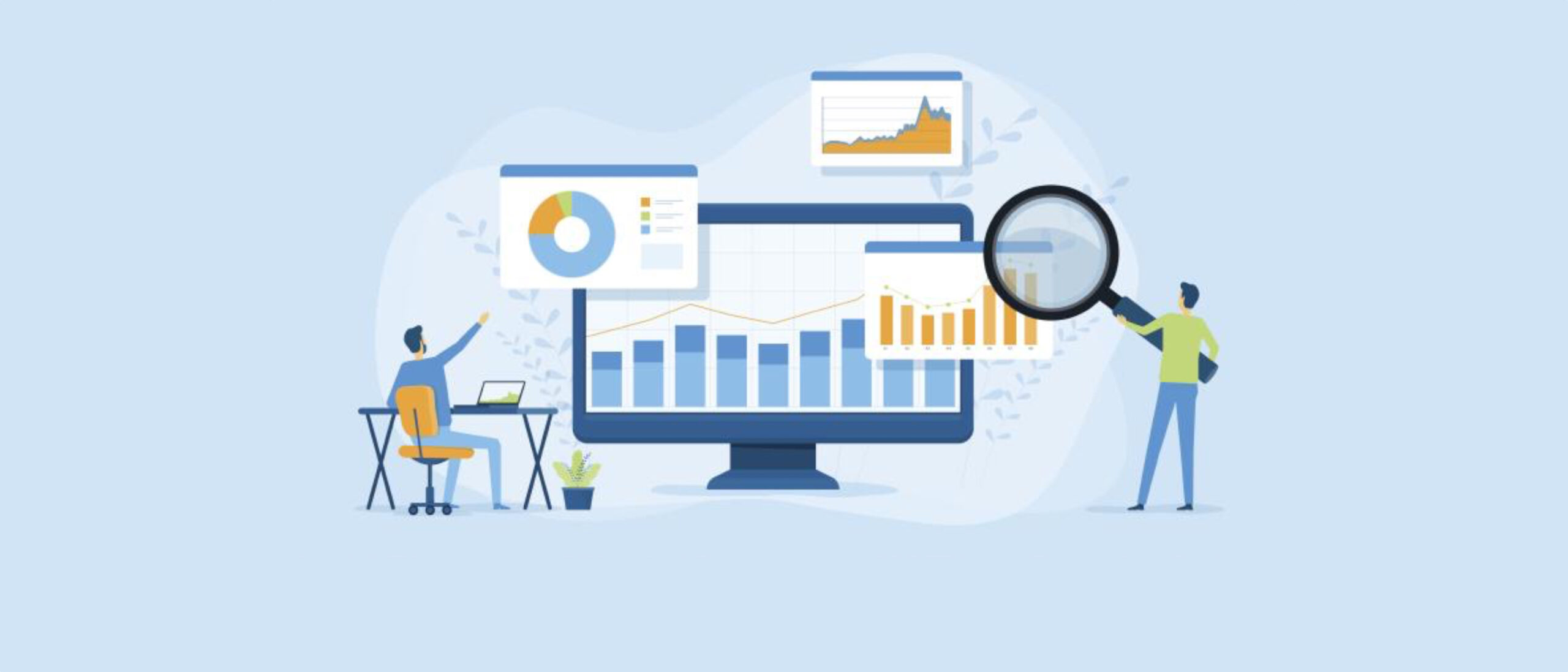
Actionables! In other words, what you want your dashboards to do is to give the viewer a clear insight of what action to take today. It may be celebrating the wins with the team, it may be something less fun – whatever it is, the dashboard should clearly tell you to do it.
Dashboards cover what you have in your salesforce: sales, customer care, operations, HR, project management, etc. They speak to different levels in your organisation: the executive layer, the team managers and leads, the customer care agents and the sales and operations people in the field – and, of course, to everyone in the organisation who wants to see how the business is doing on the key performance indicators.
There are some basic, but key things, that will get actions out of your dashboards.
One great thing about salesforce is that you can combine and consolidate data from multiple sources. That’s what a dashboard does in a very clear and visually appealing way. Not everyone is able to easily read reports or get insights from them – facilitating this process will help people use their time more efficiently. Dashboards make the information easy to process, they give a feeling of control and of being informed, they are a newsletter that your users want to come back to again and again.
In other words: answer what your viewers need to know. Go and ask them, let them look at a dashboard and tell you what it tells them to do. Sometimes, analysts refer to this as “dumbing down”, but it actually is more of a “smarting up”, because it optimises the dashboard to drive efficiency in the organisation. You can make a dashboard out of a single report, highlighting different aspects of it, if this drives to a concrete action to take. One definite clue that there is something wrong with the actionable insights from the dashboard is if users are exporting the source reports into excel and manipulating them to get the answers they need.
Viewers can always drill down to the reports behind the dashboard when they want to, but they should not have to, because their question is answered by the visual. If the viewer doesn’t get a clear answer of their question in the first 20 seconds looking at a dashboard, you’ve lost them. They will try to make someone else look at the reporting and then explain it to them. Easy tricks are adding a target line on a real-time performance graph, add text comments,
Some of your users will be visual people – they remember and understand things by looking at images. This is one reason why salesforce admins often get the (sometimes annoying) feedback “Can we change the colours on this?”. It is annoying, because the admin usually expects feedback on content, but gets esthetics. Partially, this is because the content cannot be perceived well without the esthetics being taken care of first. Use green for + and red for -, use the dark theme, colour the picklist options the same way across reports, highlight the critical charts, use max 2 colours for conditional formatting, etc.
Often, viewers are not aware of the filters – train them, refresh their memories. Filters are great! Make sure the filters are clear and precise (“equal” is better than “contains”, “My team’s” and “My….” limit the confusion, etc.). Predefine the time that the dashboard displays data for: filtering for start and end date will help the dashboard load faster. You may need to go and work with the source data and capture this, but it will be useful down the road. You can save yourself work allowing filtering for “this month” or “today”, as these are reusable.
This one is a no-brainer, but how many times did you find out that a user had no permission to see a dashboard months after it was released? Often users prefer “not to bother you” and just opt for not knowing or getting their insights from colleagues. There are several ways to go about this. One is democratisation: open view, create and edit for all users. It’s a leap of faith, but strengthens the relationship with them and shows you respect them. It also needs to resonate with the organisation. Can end up in a mess if you don’t train everyone well and don’t instill a code of conduct – it is like democracy, you need laws to make it work. The other approach is to limit permissions – there you need to be disciplined and review these permissions every time you create a dashboard, log in as the intended viewers and make sure everyone can see what they need to see.
Empty your bin, delete reports and dashboards that are not in use any longer, manage your folders, keep a good documentation of what is done and track adoption. This will allow you to be more nimble when the work piles up, it will also help users navigate the reporting better. Monitoring adoption will tell you if the dashboard is serving the needs of the viewers well. Check with them, if it starts to decline. Scheduling reports to be sent to users is another time saver. Additionally, you can make use of predefined dashboards – when they fit, of course – nothing wrong to piggyback on previous effort.